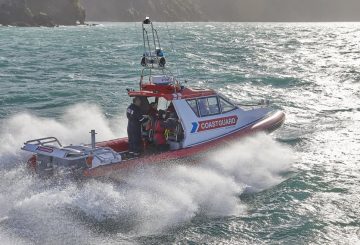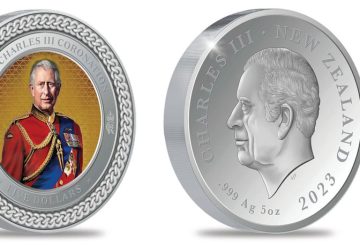화요일 아침 웰링턴의 프링글 하우스 (Pringle House) 에 응급 서비스가 요청되었습니다. 한 불법 거주자가 무너진 계단을 뚫고 쓰러져 부상을 입었습니다.이 남성은 현재 웰링턴 병원에서 위독한 상태에 처해 있습니다.이 사건으로 웰링턴의 노숙자 문제가 부각되고 있는데, 시 선교사인 머레이 에드리지 (Murray Edridge) 는 이것이 아마도 특별한 상황은 아닐 것이라고 말했다.
에드리지는 대부분의 사람들이 위험하고 버려진 건물에서 사는 것을 고려하지 않겠지만, 노숙을 겪고 있는 사람들에게는 그것이 최선의 선택일 수도 있다고 말했습니다.그는 날씨가 춥고 습해지면서 안전하지 않은 건물에서 피난처를 찾는 사람들이 늘어나고 있다고 덧붙였습니다.그는 이로 인해 건물 소유주와 시의회가 위험한 공간에 접근하지 못하도록 막아야 한다는 압박을 인정했지만, 그렇다고 해서 노숙자라는 근본적인 문제가 해결되는 것은 아니라고 강조했습니다.
Edridge는 웰링턴의 거리에 150~200명 정도의 사람들이 살고 있으며, 그 중에서도 카라반, 창고, 자동차, 붐비는 집 등 “시스템에서 보이지 않는” 사람들이 더 많다고 추정했다.그는 이 도시에 질 좋고 저렴한 주택이 부족하다는 점을 지적하면서 지역 사회에 이 문제에 대한 책임을 질 것을 촉구했다.
웰링턴 시장 토리 화나우 (Tory Whanau) 는 크리스 펜크 (Chris Penk) 건축건설부 장관과 협력하여 시의회가 위험한 건물을 처리할 수 있는 권한을 더 많이 가져야 하는지에 대해 논의하고 있다.빈 토지 및 버려진 건물 소유주에게 더 높은 요금을 부과하는 제안을 포함하여 빈 건물의 개발을 장려하기 위한 계획이 이미 마련되어 있습니다.이 제안은 약 60개 부동산에 영향을 미칠 수 있습니다.화나우는 또한 지진이 발생하기 쉬운 건물 규정을 검토할 필요가 있다고 언급했는데, 이는 도시의 많은 빈 건물들이 이러한 규정의 영향을 받기 때문입니다.





























































